When most people imagine birdwatching, they picture dense forests or murky swamps where enthusiasts stand quietly with binoculars raised. Yet some of the world’s most spectacular birding opportunities exist in completely unexpected landscapes—from desert plains to urban rooftops.
These alternative habitats often host unique species adapted to specialized environments that many birdwatchers never encounter. Here is a list of 15 surprising locations where birding enthusiasts can spot remarkable species without setting foot in traditional woodland or wetland environments.
Desert National Wildlife Refuge
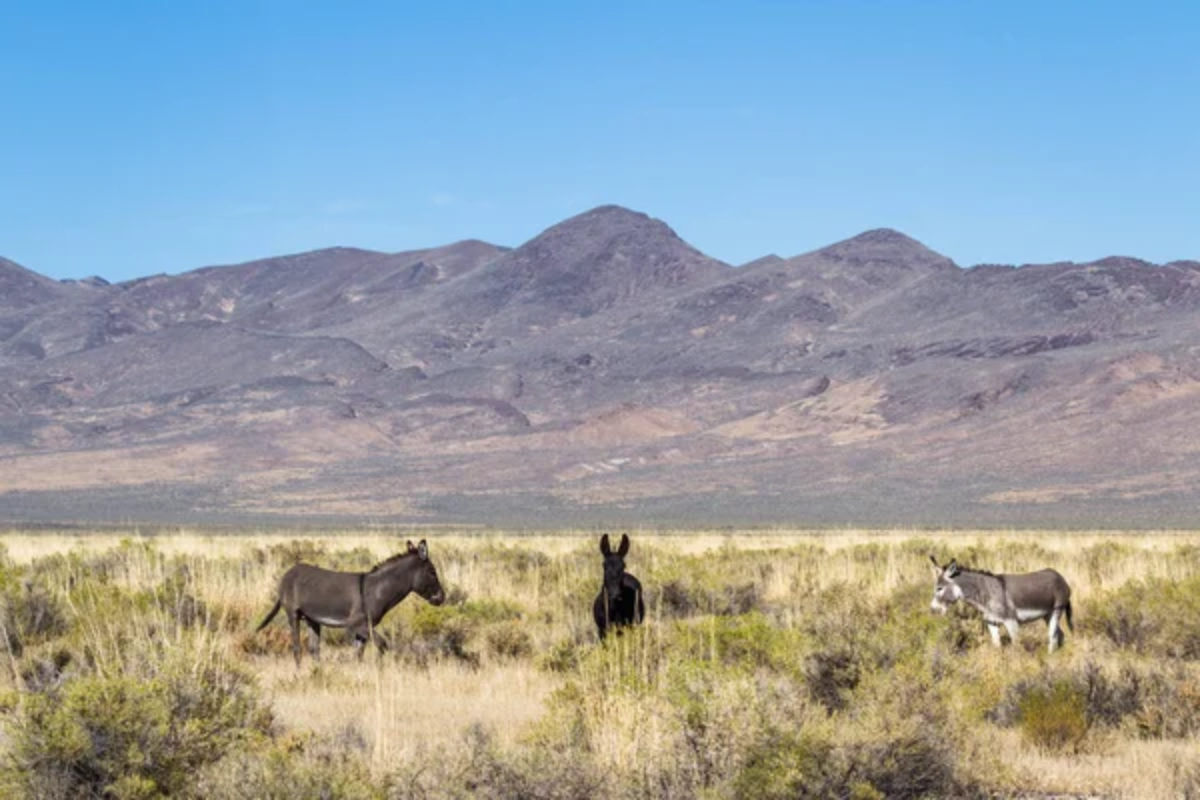
Just outside Las Vegas, this vast desert sanctuary harbors an astonishing variety of birds that have adapted to arid conditions. Greater roadrunners dart between cacti, while cactus wrens build intricate nests within the protective spines of saguaros.
The refuge’s higher elevations support juniper and pine habitats where golden eagles soar overhead. Dawn visits offer the best viewing opportunities when desert birds become active before the scorching midday heat forces them into shaded retreats.
Chicago’s Skyscraper Canyons

The vertical cliffs of Chicago’s downtown have become unlikely homes for peregrine falcons that nest on window ledges and rooftop corners. These urban raptors dive at speeds exceeding 200 miles per hour to catch pigeons mid-air between buildings.
Organized rooftop viewing platforms throughout the city provide perfect vantage points for watching these aerial hunters. The Chicago Ornithological Society offers guided tours during nesting season when adult falcons teach fledglings to navigate the urban landscape.
Like Travel Pug’s content? Follow us on MSN.
Atacama Salt Flats
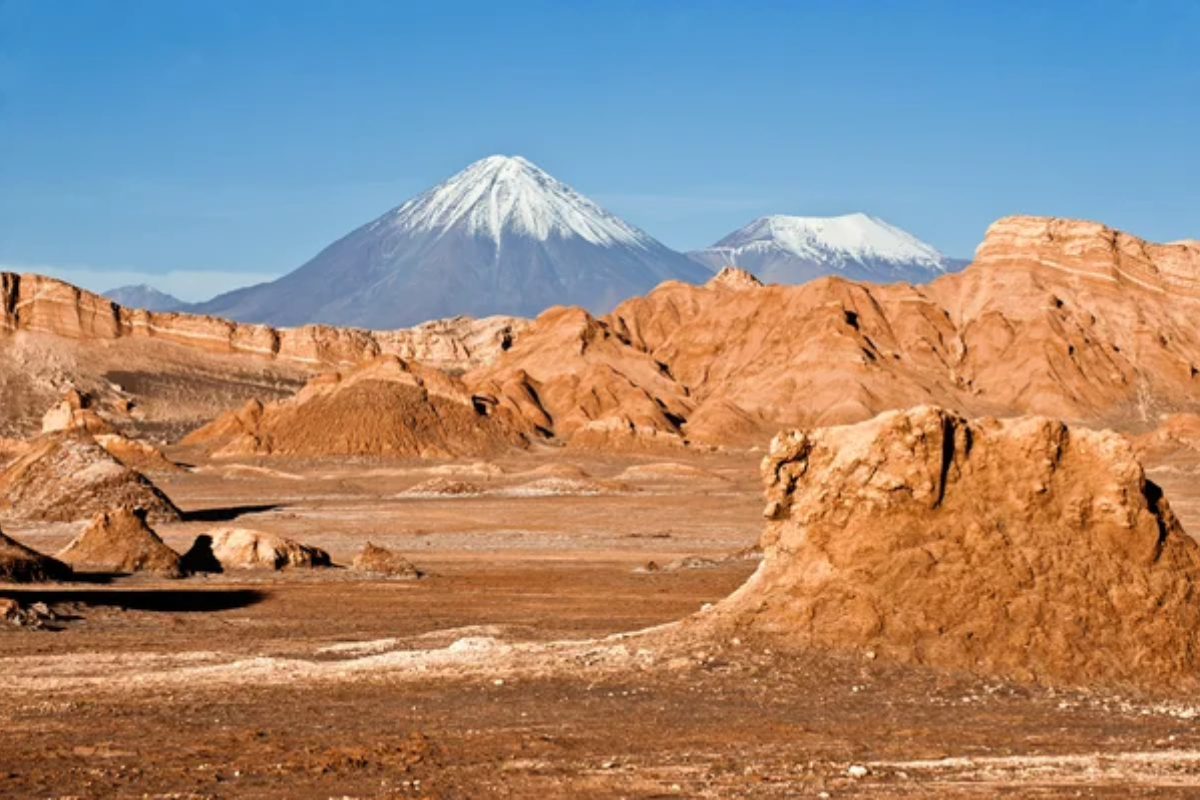
The blindingly white expanses of Chile’s Atacama Desert host three species of flamingos that gather in shallow saline lakes scattered across the otherwise barren landscape. These birds extract microscopic algae from the mineral-rich waters, which gives them their distinctive pink coloration. Viewing platforms built at strategic distances prevent disturbing the colonies while offering spectacular photography opportunities.
Morning light creates a breathtaking contrast between the pink birds, the white salt, and the deep blue desert sky.
Abandoned Steel Mills

Pennsylvania’s former industrial sites have transformed into accidental bird sanctuaries as native plants reclaim once-devastated landscapes. Kestrels hunt from rusted girders, while barn swallows nest in deteriorating structures. The mix of open spaces, scattered trees, and standing water in old cooling ponds creates diverse microhabitats supporting surprising bird populations.
These post-industrial landscapes often contain both resident species and migrating birds using the sites as stopover points along their flight paths.
Commercial Fishing Harbors

The bustling docks of coastal fishing communities attract spectacular concentrations of seabirds waiting for easy meals. Massive gatherings of gulls follow returning boats while more specialized birds like shearwaters and albatrosses sometimes venture surprisingly close to shore. The harbors offer unmatched close-range observation of pelagic species that normally require boat trips miles offshore.
Early morning visits coincide with fleet returns when the bird activity reaches its frenzied peak.
Like Travel Pug’s content? Follow us on MSN.
High Mountain Passes
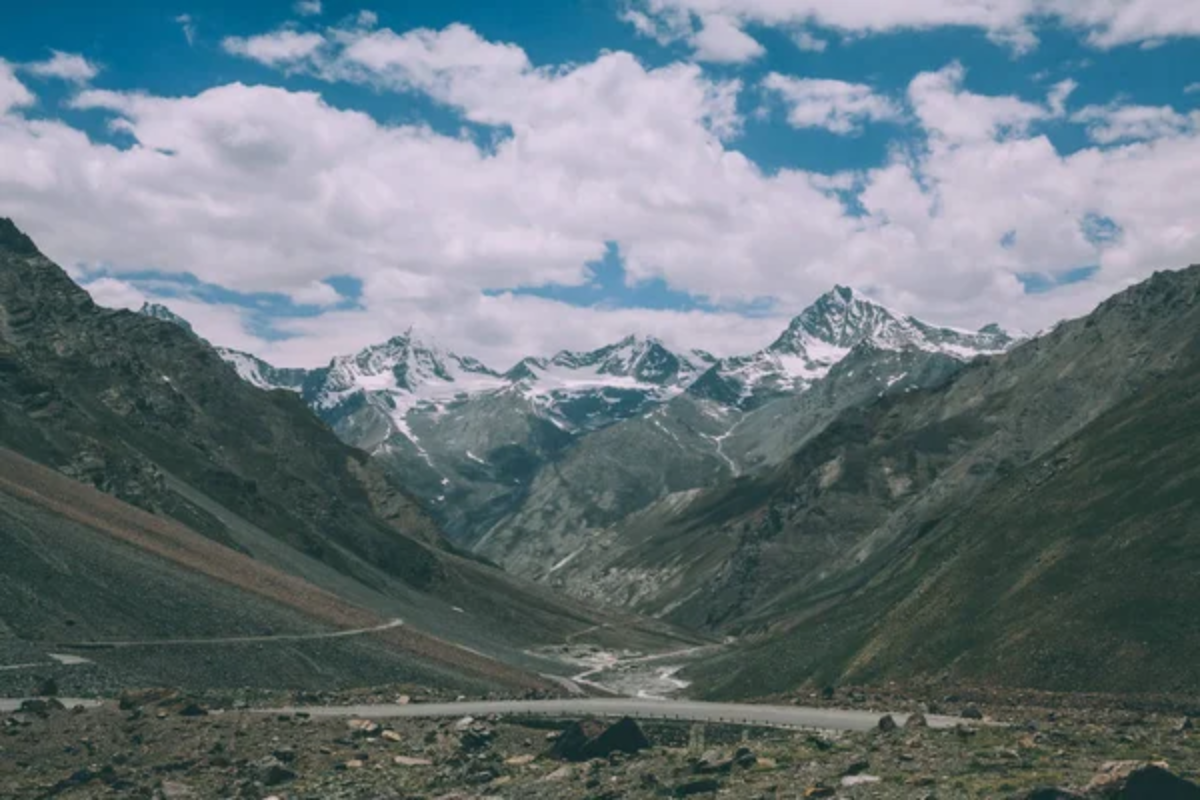
Alpine regions above the treeline host specialized birds adapted to extreme conditions and thin air. White-tailed ptarmigans in the Rocky Mountains change plumage seasonally, becoming nearly invisible against winter snow. These high-elevation specialists are joined by summer migrants like rosy-finches that feed on insects blown upward by thermal currents.
The open terrain makes spotting easier than in forests—though the hike to reach these locations demands serious preparation.
Desert Oases
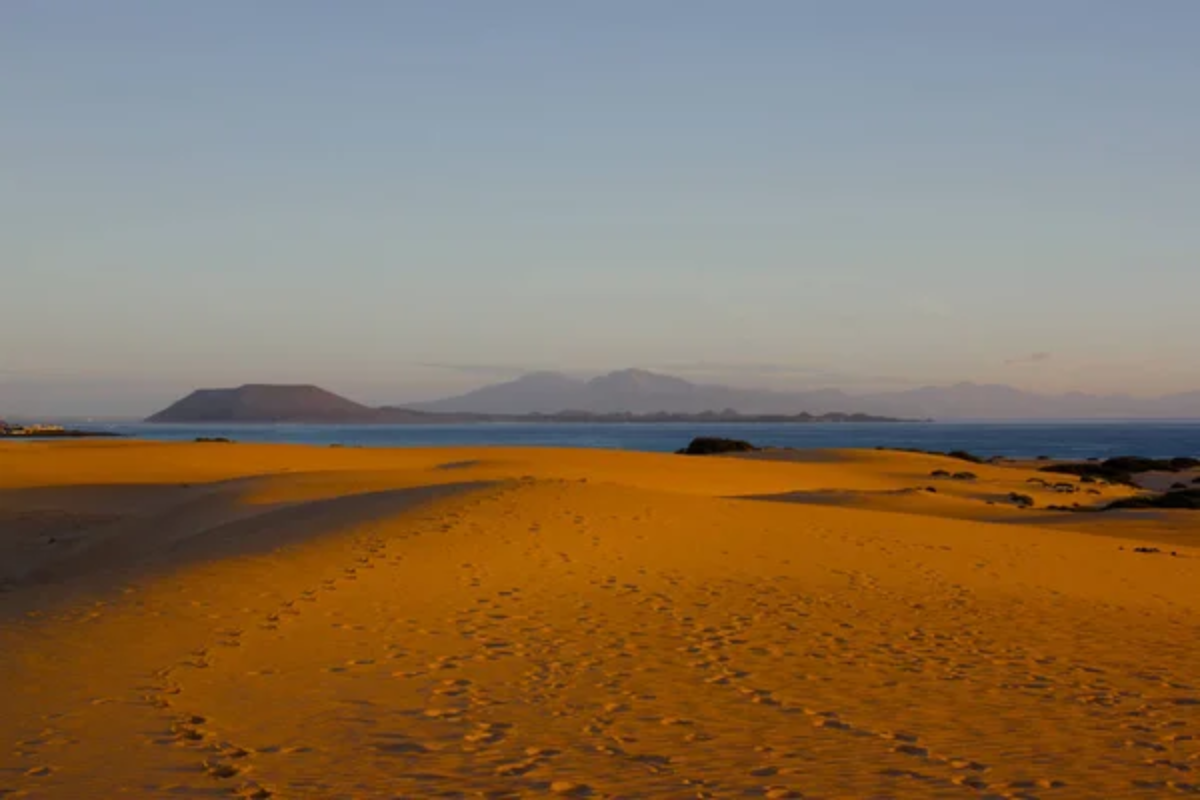
Isolated water sources in arid regions create biological islands that concentrate birds into remarkably small areas. The sudden appearance of a desert oasis can attract dozens of species simultaneously, especially during migration seasons when exhausted travelers desperately seek water. Palm Springs and similar desert communities with artificial lakes and golf courses inadvertently create these oasis effects.
Dawn watching from the edges of these water features often yields more species in an hour than entire days spent elsewhere
Active Volcanic Landscapes

The geothermal areas of Hawaii and Iceland support unique bird communities adapted to these dynamic environments. On Hawaii’s Big Island, nēnē geese forage among fresh lava flows while white-tailed tropicbirds nest in volcanic cliff crevices. The contrast between black lava fields and colorful birds makes for striking observations and photographs.
Guided tours maintain safe distances from both volcanic hazards and protected nesting zones.
Like Travel Pug’s content? Follow us on MSN.
Cattle Ranches

Working ranches provide ideal hunting grounds for birds of prey while grazing livestock disturb insects that attract flycatchers and other insectivorous species. Cattle egrets follow grazing animals, snatching up disturbed insects in a relationship beneficial to both species. Many ranchers now offer birdwatching access through reservation systems that maintain the working nature of the properties.
These agricultural landscapes often support birds rarely seen in protected wilderness areas.
Remote Lighthouses
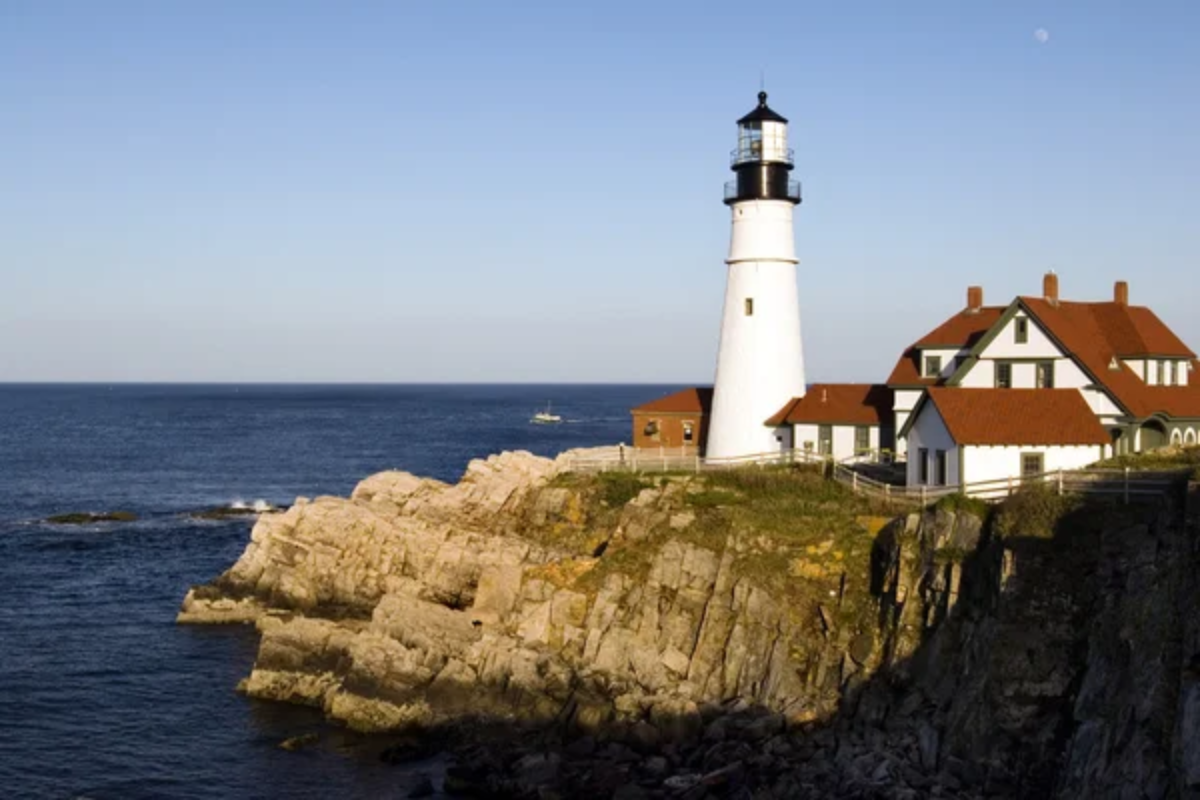
Coastal lighthouses serve as critical waypoints for migrating birds traveling along shorelines. The isolation of these structures, combined with their prominent positions, makes them perfect for observing seabirds and coastal migrants. Whimbrels, turnstones, and other shorebirds rest on surrounding rocks, while pelagic species pass offshore.
Overnight stays at lighthouse keeper quarters—now often available as vacation rentals—allow for dawn observation when activity peaks
Desert Dry Washes
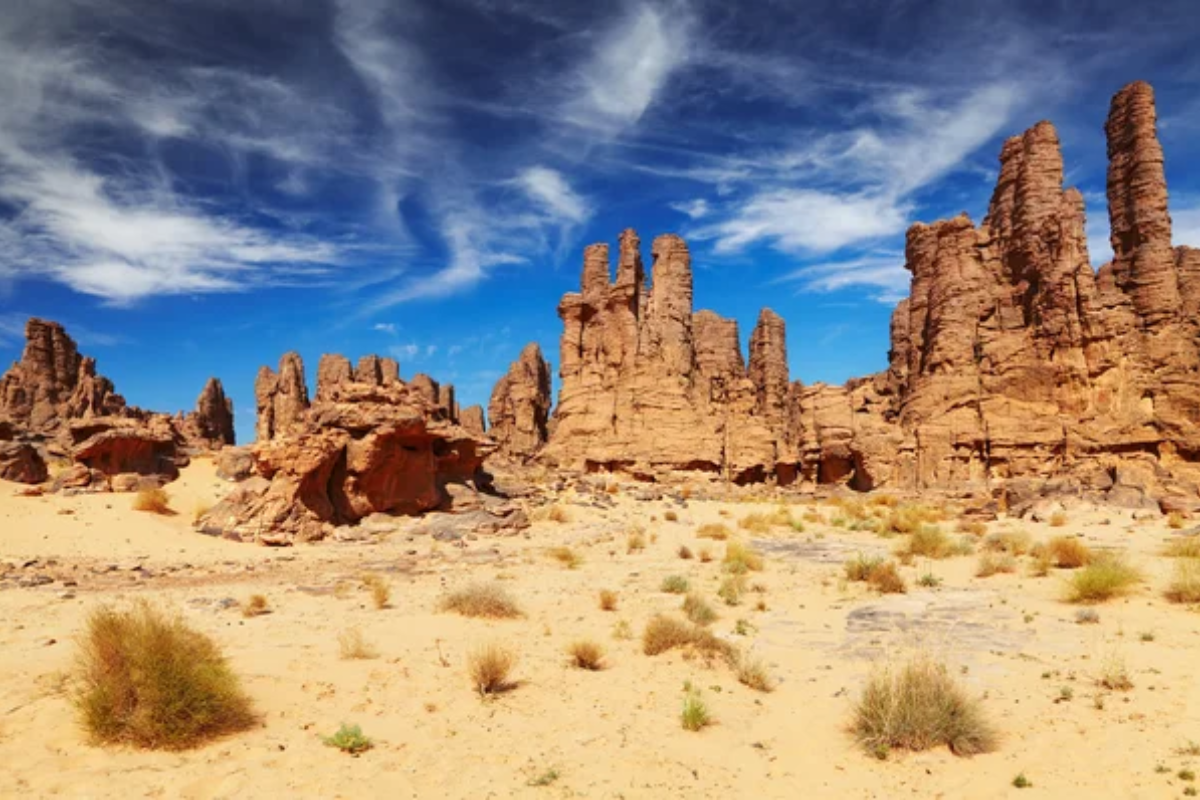
These seemingly barren channels carved by infrequent desert floods concentrate both plant life and the birds that depend on it. Verdant ribbons of mesquite and acacia trees follow these natural drainage systems through otherwise sparse landscapes. Vermilion flycatchers, phainopeplas, and various grosbeaks concentrate in these linear oases, making them easy to observe.
The stark contrast between the wash vegetation and the surrounding desert creates natural observation corridors.
Like Travel Pug’s content? Follow us on MSN.
Power Line Corridors

The cleared zones beneath major transmission lines create accidental grassland habitats through regular maintenance that prevents tree growth. Meadowlarks, bobolinks, and grasshopper sparrows—all declining in traditional agricultural areas—thrive in these artificial prairies. Utility companies increasingly manage these corridors specifically for grassland birds, creating unlikely conservation successes.
The straight-line nature of these corridors makes them easy to survey on foot or even by bicycle.
Landfill Reclamation Sites

Former waste disposal areas converted to green spaces often become bird magnets due to their varied topography and isolated locations. Capped landfills transformed into parks host grassland species on their slopes while waterfowl gather in constructed retention ponds.
These reclaimed landscapes frequently attract unusual species combinations not found in more natural settings. Morning visits typically offer the best viewing before recreational human activity increases.
Desert Playas
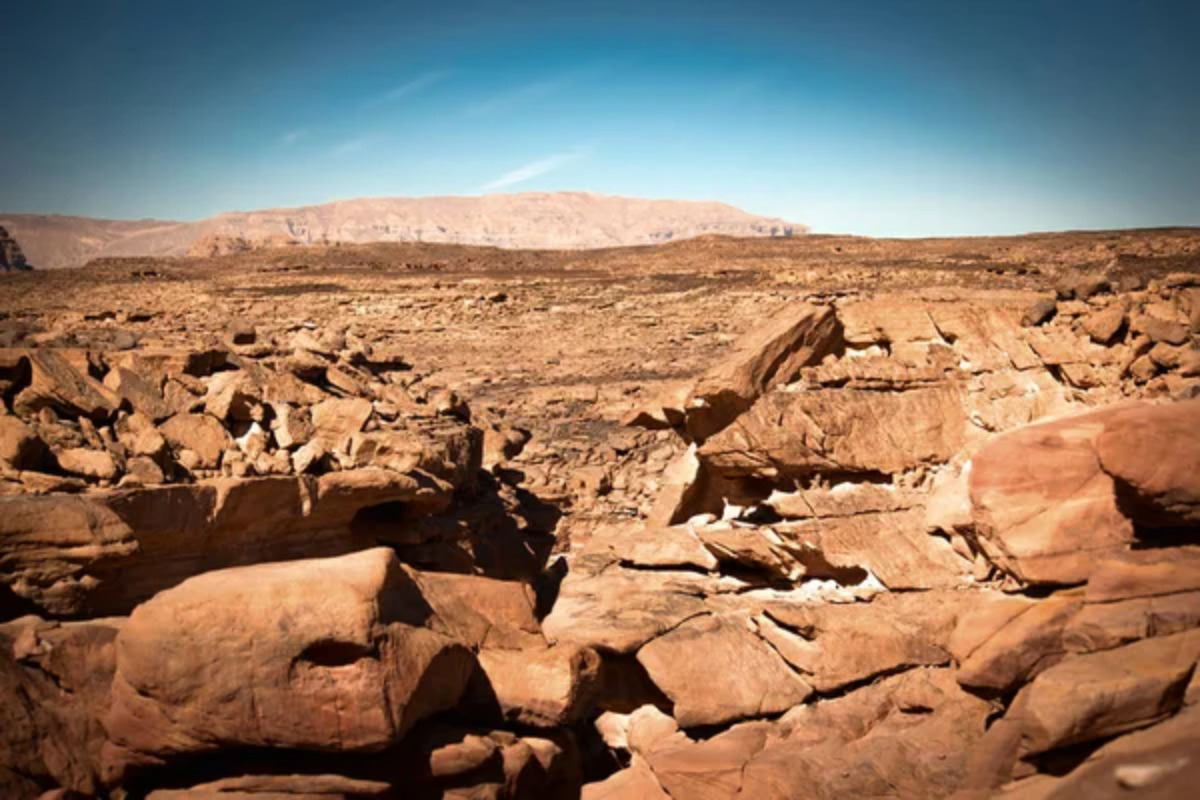
These temporary lake beds form after rare desert rainstorms, creating sudden resources that desert birds quickly exploit. When filled, these normally dry basins attract thousands of shorebirds that appear seemingly from nowhere.
Even partially dry playas concentrate birds around remaining puddles, making observation remarkably easy. The unpredictable nature of these events makes them special opportunities for birders lucky enough to time their visits correctly.
Like Travel Pug’s content? Follow us on MSN.
Outer Harbor Breakwaters

The massive stone structures protecting harbors create artificial rocky coastlines that attract specialized birds. Purple sandpipers pick through marine growth, while harlequin ducks dive among the boulders during winter months.
The concentrated food resources support birds rarely seen in typical beach locations. Access often requires boat transportation, which limits visitor numbers and preserves excellent observation conditions.
Beyond Expected Habitats
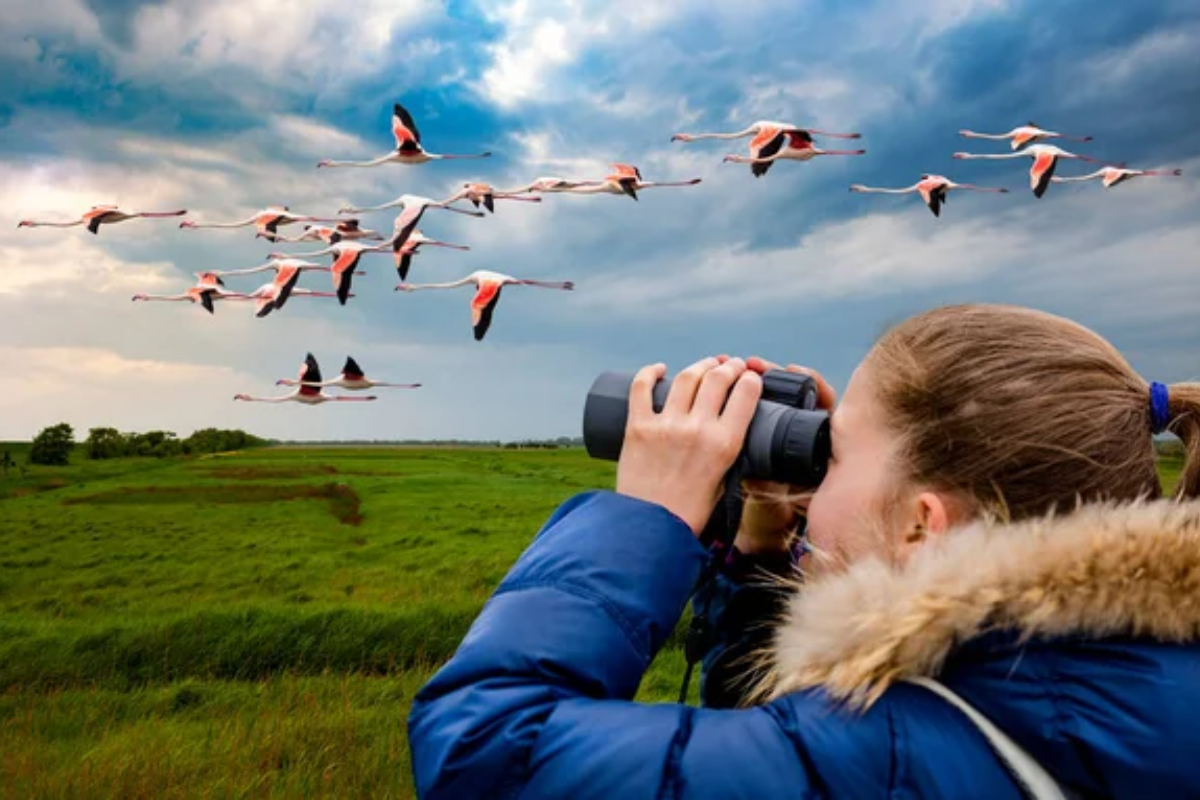
These unconventional birding locations remind us that wildlife adapts to virtually every environment that humans create or modify. The next extraordinary bird sighting might happen not in pristine wilderness but in transformed landscapes that we typically overlook.
The growing interest in urban ecology and industrial site restoration continues to expand our understanding of how birds utilize these unexpected spaces. For birders willing to explore beyond traditional hotspots, these alternative locations offer both unique species and the thrill of discovery.
More from Travel Pug

- 20 Towns Built for One Purpose That Were Later Abandoned
- 15 Hidden Spots in Disney World’s Magic Kingdom Most Visitors Miss
- 20 Once-Popular Beach Towns That Are Now Ghostly Empty
- 15 Canyons in the U.S. That Are Just as Stunning as the Grand Canyon
- 10 Under-the-Radar Mountain Towns That Are Both Affordable and Beautiful
Like Travel Pug’s content? Follow us on MSN.
